Building A Secure Remote Access Solution
The ability to work remotely is not just a luxury, but a necessity for many businesses. However, remote access can also pose significant security risks if not properly managed. Here are some tips for building a secure remote access solution.
Understanding Remote Access
Remote access allows employees to access company resources from any location. This can include accessing files, applications, and even controlling their office computer from home. While this flexibility can boost productivity and employee satisfaction, it also opens up new avenues for cyber threats. Understanding the importance of secure remote access is the first step towards a safer digital workspace.
Essential Components of a Secure Remote Access Solution
1. Virtual Private Network (VPN)
A VPN creates a secure tunnel between the user’s device and the company network. This encrypts data in transit, protecting it from interception. Ensure you choose a VPN solution that uses strong encryption protocols. There are many VPN solutions available in the market, each with its own set of features and benefits. It’s important to choose one that fits your business needs and budget.
2. Multi-Factor Authentication (MFA)
MFA adds an extra layer of security by requiring users to provide two or more verification factors to gain access. This could be something they know (password), something they have (security token), or something they are (biometric data). MFA is a powerful tool in preventing unauthorized access, even if a password gets compromised.
3. Regular Software Updates
Keeping all software up-to-date is crucial. This includes the operating system, VPN software, and any other applications used. Regular updates ensure that you have the latest security patches, protecting against known vulnerabilities. It’s a good practice to set automatic updates where possible, to ensure no critical updates are missed.
4. Firewall
A robust firewall can prevent unauthorized access to your network. It can block or permit data packets based on a set of security rules, protecting your network from threats. Firewalls can be hardware-based or software-based, and choosing the right one depends on your specific business needs.
5. Antivirus Software
Ensure all remote devices have up-to-date antivirus software. This can protect against malware, which could be used to gain unauthorized access to your network. Antivirus software should be set to automatically update and scan regularly.
6. User Training
Even the best security measures can be undermined by user error. Regular training can ensure that your employees know how to use remote access securely. This should include training on recognizing and avoiding phishing attempts, using strong passwords, and reporting any suspicious activity.
Additional Considerations
While the above components form the core of a secure remote access solution, there are additional considerations that can further enhance security.
7. Secure Wi-Fi Connections
Encourage employees to use secure, private Wi-Fi connections when accessing company resources remotely. Public Wi-Fi networks can be insecure and expose your data to threats.
8. Regular Audits
Regular security audits can help identify potential vulnerabilities and ensure that all security measures are functioning as intended. This can include checking for outdated software, ensuring firewalls are properly configured, and reviewing user access logs.
Building a secure remote access solution involves multiple components, from VPNs and firewalls to user training. By implementing these measures, small businesses can enjoy the benefits of remote work while minimizing the associated security risks.

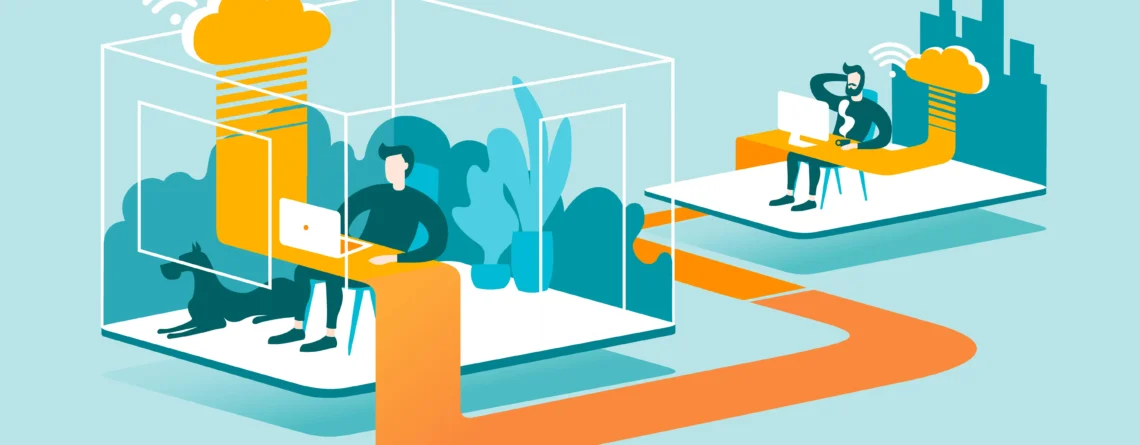
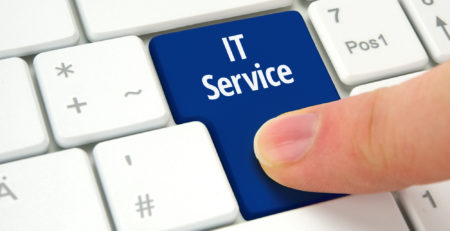
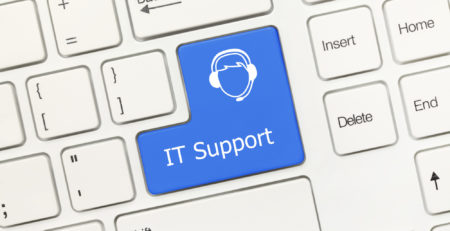
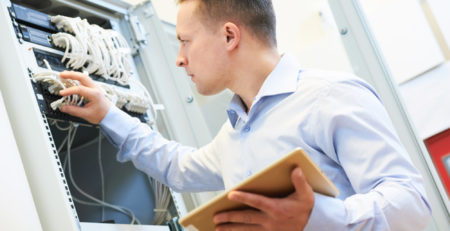
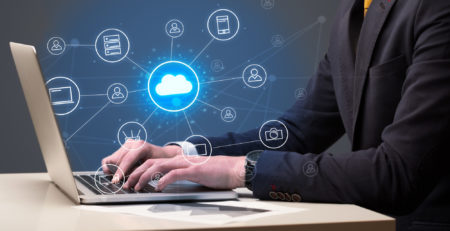
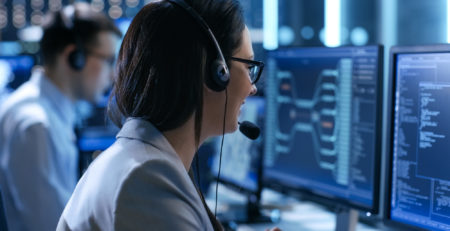

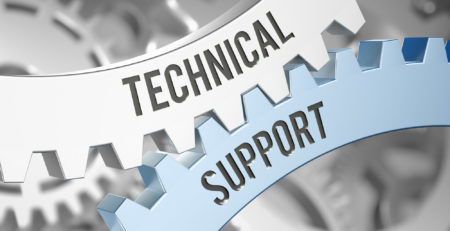

Leave a Reply